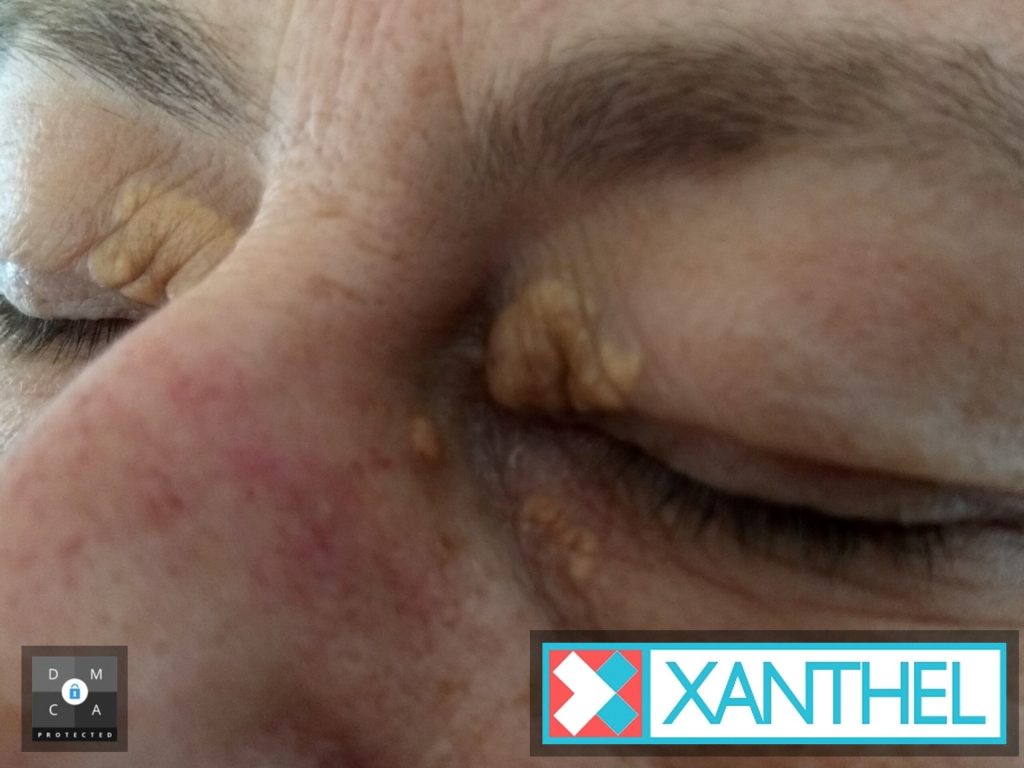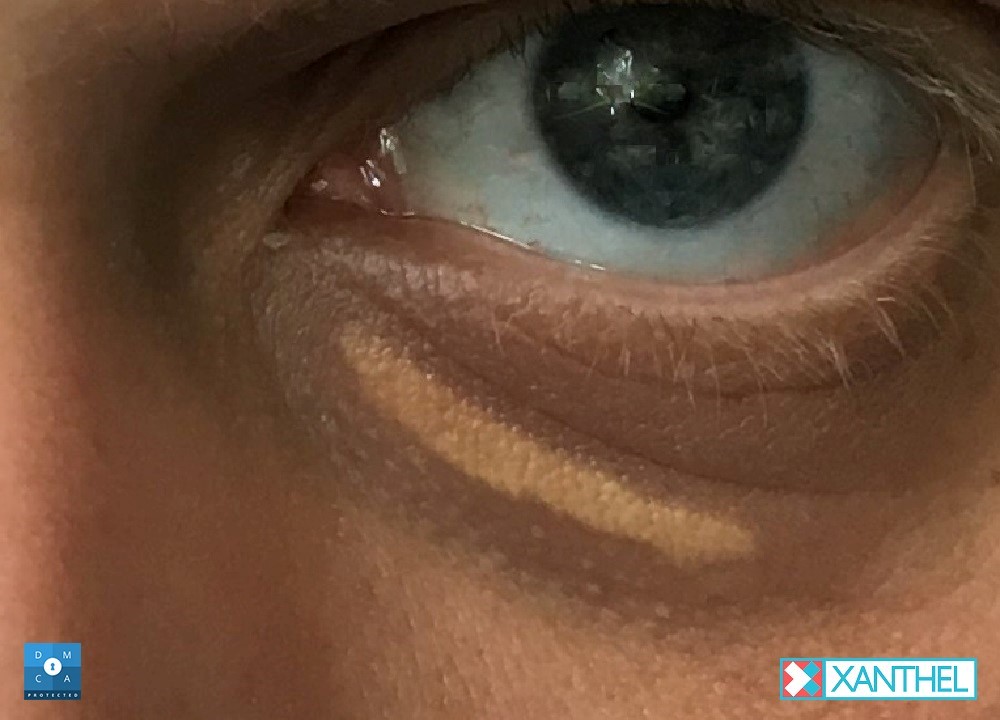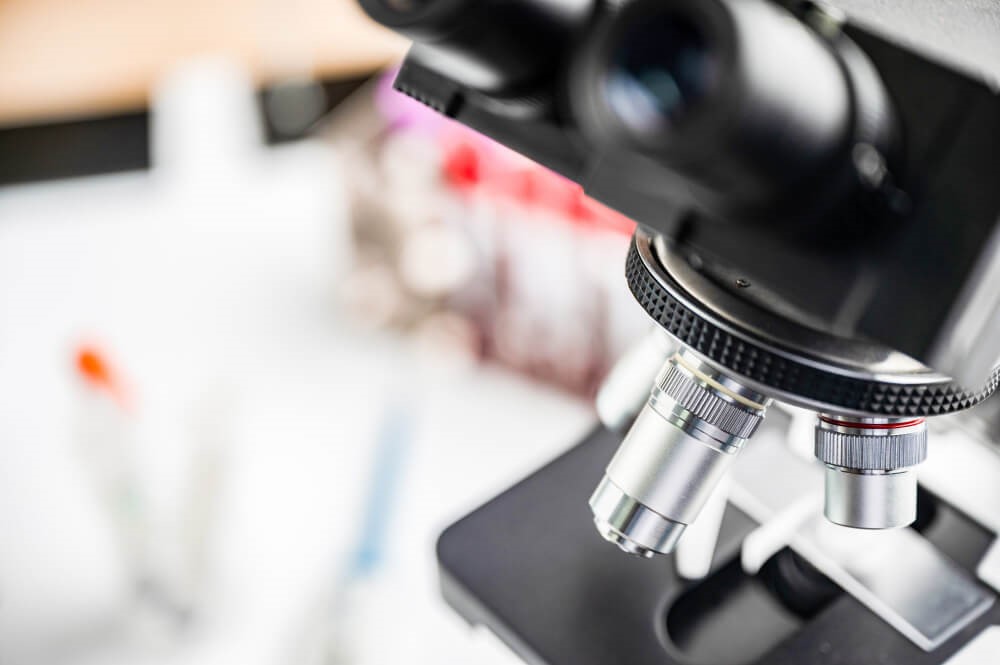Xanthelasma Compared to Warts – Understanding the Differences
Xanthelasma Compared to Warts – Understanding the Differences
It’s a discovery that can stop you in your tracks. While going about your day, you catch a glimpse of yourself and notice a new, unfamiliar mark near your eye. It’s a small growth, but its location on the most delicate and visible part of your face makes it feel enormous. Your mind immediately begins to cycle through a list of worries. Is it just a blemish? Is it something serious? The uncertainty is a heavy weight. In the search for answers, two very different possibilities often emerge: xanthelasma and warts.
To the untrained eye, any new bump or patch near the eye can trigger a similar alarm. But these two conditions could not be more different. One is a soft deposit of fat that can signal an internal health issue. The other is a rough, bumpy growth caused by a common virus. Confusing them is easy to do, but understanding their distinct natures is the only way to move from a state of anxious confusion to one of informed clarity and confident action.

The Smooth, Yellow Deposit: Unmasking Xanthelasma
Xanthelasma palpebrarum is a condition that announces itself with color. Its most defining feature is a distinct yellow or creamy beige hue, a color that looks foreign on the natural canvas of the skin. This is because xanthelasma is a localized collection of cholesterol and other fatty lipids that have accumulated just beneath the surface. It is not a growth in the typical sense, but rather a soft, flat plaque.
When you touch it, it does not feel like a hard bump. It feels pliable, almost velvety, like a part of the skin that has become slightly thicker and has changed its texture. Xanthelasma often starts as a tiny spot, sometimes no larger than a pinhead, and can remain that size for years or slowly expand. In some cases, multiple small plaques can appear and eventually merge, forming a larger, more prominent patch. While it can appear on any of the four eyelids, it has a strong preference for the upper lids and the area near the nose. A key characteristic is its tendency to be bilateral, often appearing as a symmetrical pair on both the left and right sides. Crucially, xanthelasma is completely benign and is not contagious. You cannot spread it to others or to different parts of your body through touch.

The Rough, Bumpy Growth: Identifying a Wart
A wart is a completely different entity, with a completely different cause and appearance. Warts are benign skin growths caused by a viral infection with a strain of the Human Papillomavirus (HPV). When this virus enters the skin, typically through a tiny cut or scratch, it causes a rapid overgrowth of cells, forming the visible wart.
Unlike the smooth surface of xanthelasma, a wart is characterized by a rough, uneven texture. On the face and eyelids, they often appear as filiform warts, which have a distinct thread like or finger like shape. They can also look like small, bumpy mounds with a surface often described as being like cauliflower. Their color is usually similar to your own skin tone, though they can sometimes be slightly pinker or browner. A key feature is the presence of tiny black dots, which are often mistaken for “seeds” but are actually small, clotted blood vessels. Most importantly, because warts are caused by a virus, they are contagious. They can be spread to other parts of your own body or to other people through direct contact or by touching something that has been in contact with the wart.

A Side-by-Side Showdown: The Definitive Comparison
Placing the characteristics of xanthelasma and warts next to each other illuminates their profound differences. The confusion arises almost solely from their shared potential to appear on the eyelids.
- Underlying Cause: Xanthelasma is a deposit of cholesterol fat. A wart is a skin growth caused by the Human Papillomavirus (HPV).
- Color: Xanthelasma is distinctly yellow or creamy white. A wart is typically skin toned, pinkish, or brownish.
- Texture: Xanthelasma is soft, smooth, and flat or only slightly raised. A wart is firm, rough, and bumpy, sometimes with a finger like or cauliflower shape.
- Contagion: Xanthelasma is not contagious at all. A wart is contagious and can be spread through contact.
- Health Implication: Xanthelasma can be a potential external sign of high cholesterol. A wart is a localized viral skin infection with no connection to cholesterol or systemic disease.

The Critical Difference: What Each Growth Tells You
Beyond the visual and textural differences lies the most important distinction: the story each condition tells about your body. A wart tells a story about a localized encounter with a very common virus. It does not signify any deeper health problem, nor is it a reflection of poor hygiene. The Human Papillomavirus is ubiquitous, and developing a wart is an extremely common human experience.
Xanthelasma, however, can tell a story that goes much deeper than the skin. For about half of the people who have it, its appearance is the first visible sign of an underlying issue with their blood lipids. This makes the correct identification of xanthelasma a potentially crucial health clue. A conversation with your doctor and a simple blood test can determine if you have high blood cholesterol, a condition that requires management for your long term cardiovascular health. For the other half of individuals, the plaques appear even with normal cholesterol, meaning the issue is purely a localized skin anomaly.

Navigating Your Next Steps with Confidence
Given these stark differences, especially the contagious nature of warts and the potential health signal of xanthelasma, self diagnosis is unwise. The first and most critical step is to see a healthcare professional, such as a dermatologist, for an accurate diagnosis. They can identify the growth with certainty and guide you on the appropriate next steps.
The management for each condition is completely different. Treating a wart involves addressing the virus, while the cosmetic management of xanthelasma focuses on the deposit itself, only after any underlying health concerns are checked. The emotional weight of having any visible growth on your face is significant, and this is a shared burden for both conditions. This psychological impact of skin conditions is a powerful motivator for seeking a solution, and an accurate diagnosis is the only way to ensure you choose the right one.
Once you have the clarity of a professional diagnosis, you are no longer in a state of worry but in a position of power. For those who have learned that their concern is indeed the yellowish plaques of xanthelasma, the path to reclaiming your confidence can be direct and decisive.

Imagine a future where your reflection is free from that persistent yellow mark. Xanthel ® Gel was created for this very purpose. It is a professionally designed solution that allows you to cosmetically address the appearance of your xanthelasma from the privacy of your own home. Our specialized formula is engineered to work on the plaques themselves, helping to visibly diminish their appearance and restore the natural, even look of your skin.
With Xanthel ®, there is no need to navigate complex clinical procedures. For many of our clients, a single application is all that is needed to see a significant cosmetic improvement. Formulated to be effective on all skin tones and delivered free, worldwide, Xanthel ® Gel puts you in control. It is time to move beyond the comparison charts and the worried glances in the mirror. Choose clarity, choose confidence. Choose Xanthel ® Gel to visibly refine the appearance of your xanthelasma plaques.

Xanthel ® Cosmetic Gel
A focused cosmetic gel formulated specifically to improve the appearance of eyelids bearing xanthelasma plaques. Its composition is selectively designed for cosmetic impact across all skin tones, offering a straightforward, at-home option for managing the look of these blemishes.
A Singular Application
The power of Xanthel ® is in its simplicity. It is formulated for a single, one-time cosmetic application. This focused approach is designed to visibly diminish the appearance of xanthelasma plaques, removing the need for daily or repeat uses.
Legal: This product is for cosmetic use only. Not intended to diagnose, treat, cure, or prevent any medical condition. Consult a healthcare professional regarding skin conditions. Xanthel ® is custom-formulated based on your plaque characteristics, age, and skin tone to ensure optimal cosmetic effectiveness for your xanthelasma.